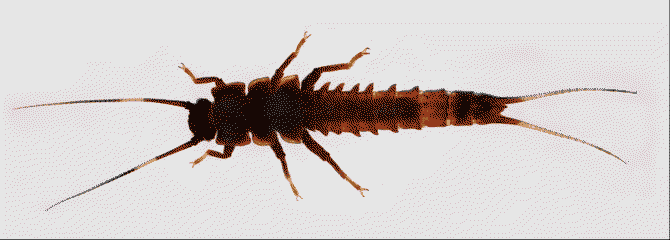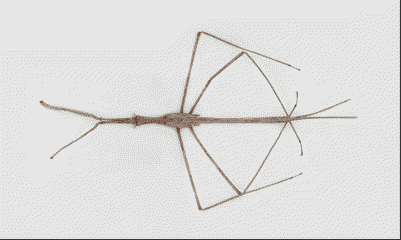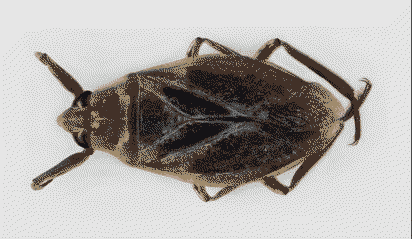Aquatic Macroinvertebrates
Shrine
Aquatic Macroinvertebrates!
What are Aquatic Macroinvertebrates?
Aquatic macroinvertebrates are organisms that can be seen with the naked eye, do not possess a backbone, and lives in water for most of its life. Macroinvertebrates are found in rivers, lakes and wetlands. They play a key role in nutrient cycling and are very sensitive to changes in the enviroment. Because of this sensitivity, they are important indicators to an aquatic ecosystem's health. Aquatic macroinvertebrates include insects, gastropods, crustaceans, bivalves, annelids, and platyhelminthes.
Pollution Tolerant and Pollution Sensitive Macroinvertebrates
While macroinvertebrates are sensitive to change, some organisms are more tolerant than others. Take pollution for example: a mayfly may be sensitive to pollution while a sowbug is more tolerant to it. This variation of pollution sensitivity can help scientists determine water quality.
Pollution Sensitive: Most mayflies, stoneflies, most caddisflies, and hellgrammites.
So-so: Riffle beetles, scuds, water mites, netspinner caddisflies, dragonflies, alderflies, and water pennies.
Pollution Tolerant: Small minnow mayflies, sowbugs, black flies, midges, segmented worms, flatworms, clams, snails, damselflies, and water boatmen.
Order: Ephemeroptera (Mayflies)
Segmented legs with one claw; usually three, sometimes two tails.
Baetidae (Small Minnow Mayflies)
Antennae are two to three times longer than head, cylindrical.

Heptageniidae (Flatheaded Mayflies)
Flattened head and body.

Ephemerellidae (Spiny Crawler Mayflies)
Robust body, three tails, three to four pairs of gills, defensive scorpion posture behavior when threatened, and come in many colors.

Order: Odonata (Dragonflies and Damselflies)
Labial mask extends to capture prey.
Gomphidae (Clubtails)
Antennae clubbed, often buried in sand, stout abdomen.

Coenagrionidae (Pond/Narrow-winged Damselflies)
Antennal segments all same length, flat trapezoidal labium, gills look inflated, with pointy tips.

Order: Plecoptera (Stoneflies)
Segmented legs ending with two claws; long antennae, and two tails. Two pairs of wing pads on mature larvae.
Peltoperlidae (Roach-like Stoneflies)
Small and compact with tapered, pointed gills.

Leuctridae (Rolled-wing Stoneflies)
Tiny, very thin, no gills, abdominal sterna with longitudinal lateral folds not entending beyond seven segments. Some species can tolerate low pH conditions.

Chloroperlidae (Green Stoneflies)
No gills, slender, tail shorter than abdomen.

Perlidae (Common Stoneflies)
Three pairs of branching thoracic gills. Glossae shorter than paraglossae. If not enough oxygen is present in the water, they can be seen doing push-up-like movements in order to move more water across the gills.

Pteronarcyidae (Giant Stoneflies)
Tufted gills on thorax and abdomen. Paraglossae and glossae subequal. The head of the larvae appears to be tilted downward.

Order: Hemiptera (True Bugs)
Hemelytra and needle-like beaks.
Nepidae (Water Scorpions)
Antennae shorter than head. Long breathing tube on abdominal apex.

Naucoridae (Creeping Water Bugs)
Eyes contiguous with head, raptorial legs.

Belostomatidae (Giant Water Bugs)
Antennae shorter than head. Flat air straps on abdominal apex.

Gerridae (Water Striders)
Anteapical claws, antennae longer than head, hind femora longer than abdomen, and middle legs closer to hind legs.

Corixidae (Water Boatmen)
Antennae shorter than head, scoop-like front tarsi. Short beak.

Notonectidae (Backswimmers)
Antennae shorter than head, body convex dorsally, oar-like hind legs, and swimming hairs on legs.

Order: Megaloptera (Alderflies, Dobsonflies, Fishflies and Hellgrammites)
One tail or two prolegs, lateral filaments.
Corydalidae (Hellgrammites, Dobsonflies, Fishflies)
Lateral filaments, prolegs with two claws.

Sialidae (Alderflies)
Lateral filaments on one to seven, long tail.

Order: Coleoptera (Beetles)
Larvae have diverse body shapes, eye spots, lateral gills usally absent, and usually have four to five segmented legs.
Psephenidae (Water Pennies)
Flat body and shield-like.

Elmidae (Riffle Beetles)
Operculum, spindle-shaped body.

Order: Trichoptera (Caddisflies)
Caterpillar-like, can live in a case or be free-living. Abdomen ending with two claws.
Helicopsychidae (Snail-case Caddisflies)
Very small, case spiraled.

Odontoceridae (Strong Casemaker Caddisflies)
Case made from sand/pebbles, pronotum with pointed anterolateral corners.

Phylum: Mollusca (Snails, limpets, and mussels)
Soft bodies, usually protected by a hard calcium carbonate shell.
Planorbidae (Ramshorn snails)
No obvious spiral, no operculum, and color varies.

Thiaridae (Trumpet Snails)
Operculum present, elongated, turreted shells. Invasive depending on the region.
